Voltage optimisation explained
Recent increases in energy costs mean power consumption has become one of the biggest concerns for companies in the manufacturing sector.
Streamlining the production process to remove unnecessary and costly consumption points is a good exercise. But one of the easiest and most effective ways to manage energy consumption and reduce costs is voltage optimisation.
What is voltage optimisation?
Put simply, voltage optimisation is a technique that helps manage the energy coming into your plant from the National Grid.
In the UK, commercial electricity suppliers are permitted to feed power from the grid into a network at 230v (volts) with a tolerance of -5/+10%. This means the supply may increase to run at 240v or reduce to 225v at any given time. On average, the supply runs as high as 242v.
Every piece of electrical equipment is designed to operate at a certain voltage, with many household appliances operating at just 110v. In the industrial world, most small work tools such as hand drills operate at 110v, with larger manufacturing equipment demanding more than double that amount in voltage and operating at 230v. So when the energy supply spikes to 240v or above, there is a surplus voltage.
By installing a voltage optimisation system, you control and manage the voltage as it comes into the business, distributing the power to the equipment as needed – and sending the surplus power back to the National Grid, saving you money.
Is voltage optimisation difficult to install?
The good news for modern manufacturing plants is that voltage optimisation systems are usually implemented as a standard during the factory construction phase. So, if yours is a relatively new factory, there is every likelihood you don't need to make any changes.
For older factories and plants, it is not difficult for an electrical contractor to install a system to suit your needs, and it’s highly recommended.
First, you will need a system review to tell you what power is required for your equipment to operate effectively, at what voltage and on what cycle. If you frequently run lots of voltage-dependent equipment – for example, halogen or fluorescent lighting – then implementing a voltage optimisation system immediately makes sense.
Once armed with the data about your energy use, your electrical contractor can confirm the level of system required to make a difference to your network.
Voltage optimisers are measured in amps, with a higher demand for optimisation across your factory requiring a higher amp model. Pricing varies between models, so it is critical to assess your network and equipment before choosing the correct model to support your business. An entry-level system can take up to a day to implement, and a high-end system two days or more.
How much money will you save through voltage optimisation?
In some cases, cutting energy consumption and carbon emissions can save you up to 20% on energy bills. It's a significant saving at any time and certainly in the current climate with ever-increasing bills.
In terms of the expected return on investment, every factory differs because of the variation in machinery being used. In our experience, a small factory with limited equipment might see the system paying for itself in under 12 months, while multi-site factories using large machinery will take longer.
What about any other incremental cost savings?
Your primary objective with voltage optimisation is to control and manage your energy use to reduce your bill. But there are more savings to be had too.
If you’re not managing your voltage, you might experience more failure and downtime, which can be a massive cost to your business if it stops the production line for an excessive amount of time.
And then there's the damage to your equipment caused by voltage-led power failure. When your electrical wiring and insulation become damaged by overheating, your systems deteriorate before they are designed to, causing power failure and costs to replace parts. This can all be avoided with voltage optimisation.
For expert advice about voltage optimisation, speak to AES
Our team has extensive experience implementing voltage optimisation systems in manufacturing environments throughout the UK.
We begin by conducting a site assessment to see how your plant operates before providing our recommendations and a cost-benefit analysis.
If you choose to proceed, we’ll install a system quickly and efficiently, working around your schedule to ensure minimum disruption. We also provide ongoing maintenance to give you complete peace of mind your system is operating effectively, helping to cut your energy consumption and costs.
If you’d like to find out more about how AES can keep your equipment operational and your teams safe, get in touch.
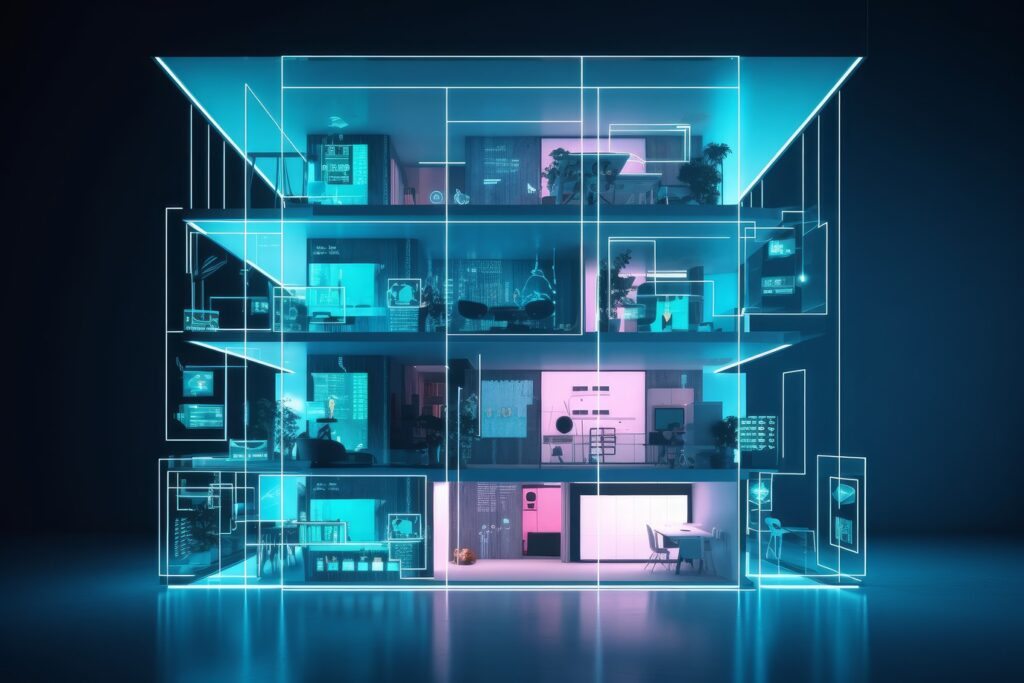
Our guide to building energy management systems
Building energy management systems (BEMS) are systems that allow you to monitor, control, and optimise the energy used within your building. The phrase building energy management system (BEMS) is often used interchangeably with the phrase building management system (BMS), but there are some differences. A BEMS is focused on energy-related systems such as lighting, heating, […]
Read more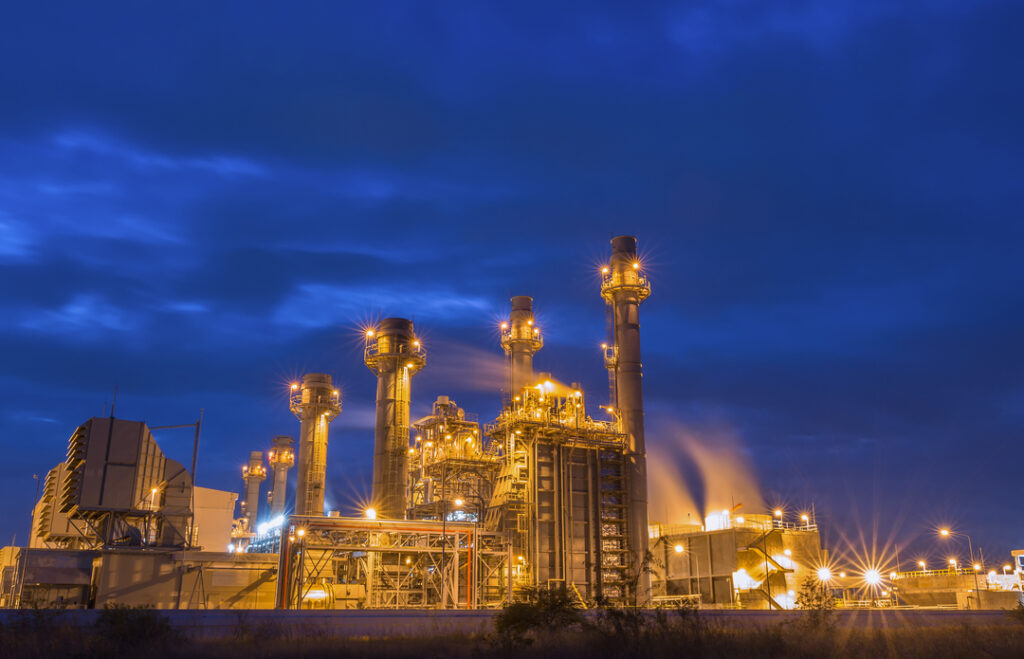
How far does power travel and what impact does distance have on performance
It’s easy to take our electricity supply for granted. We flick a switch and instantly have light or power. We don’t even think about it unless there’s an issue or an outage. But when there is an issue or outage, the impact can be significant. For manufacturers, even the smallest change in power can make […]
Read more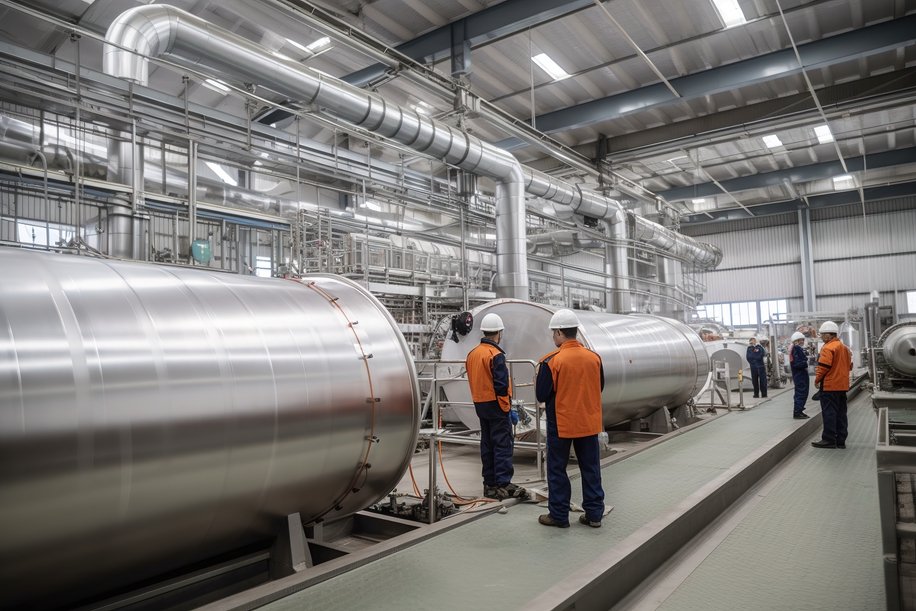
Why visibility of the production process is so important
Operational excellence, efficiency and quality are top priorities for almost every manufacturer worldwide. These things lead to improved productivity, happier customers and reduced waste – all of which result in increased profits. Visibility of the production process is the key to achieving these things. And manufacturers now have access to technology that can provide real-time […]
Read more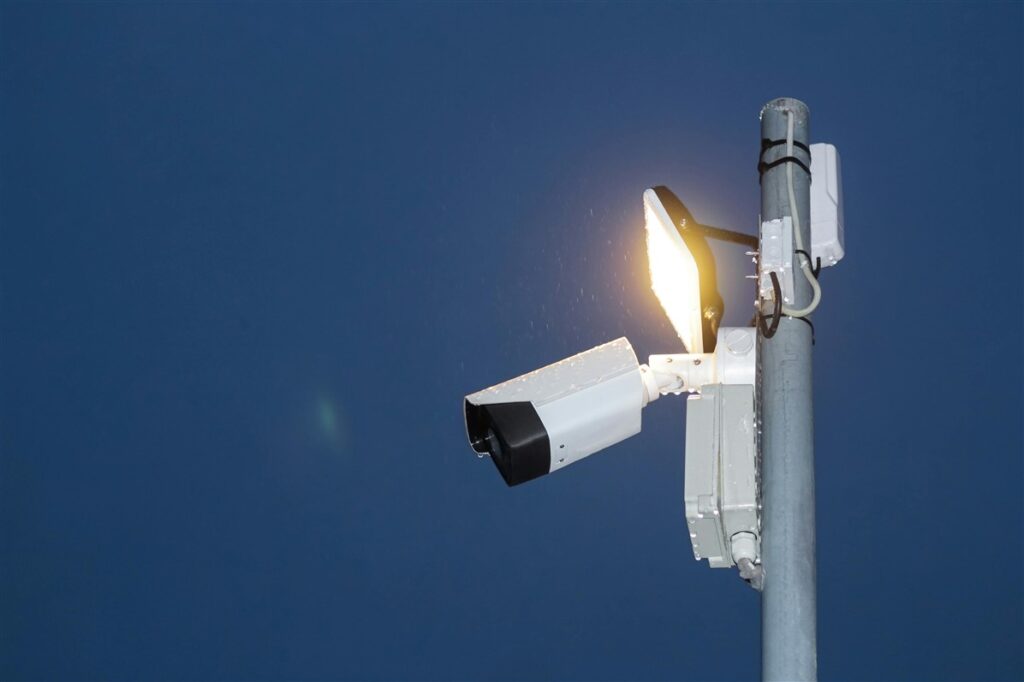
Will security lighting help to protect my staff?
Looking after the safety and well-being of employees should be a priority for any business. And while it’s not possible to mitigate every risk, there are measures you can take to improve their safety and security. One measure that is often overlooked is the installation of security lighting. When daylight disappears, visibility is reduced, increasing […]
Read more
Top 5 considerations when comparing electrical quotes
Budget is always a factor when you’re considering any type of upgrade, revamp, or maintenance work within your factory. But when it comes to electrical work, you have to consider more than just money. Don’t rush into accepting the cheapest electrical quotes without knowing exactly what you’re getting. Electrical work is not an area where […]
Read more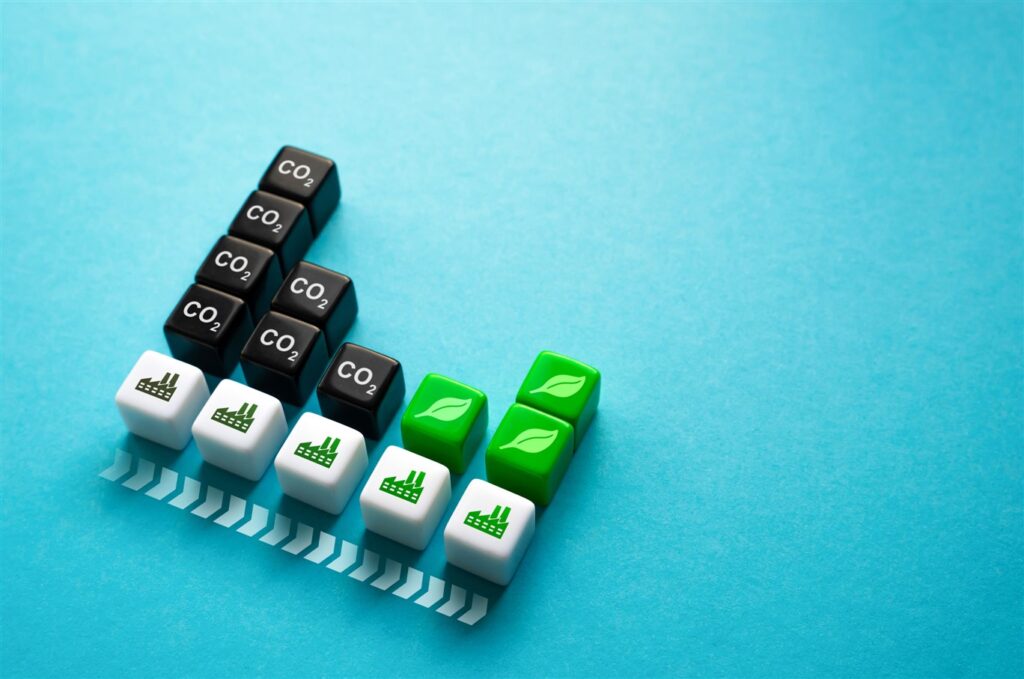
What is the role of companies in reducing our carbon footprint?
We should all be taking responsibility for protecting our planet and a big part of that is reducing our carbon footprint. But while it falls to all of us to do our bit, there is additional pressure on manufacturers, especially those with high carbon emissions. As an absolute minimum, these companies should ensure compliance with […]
Read more

